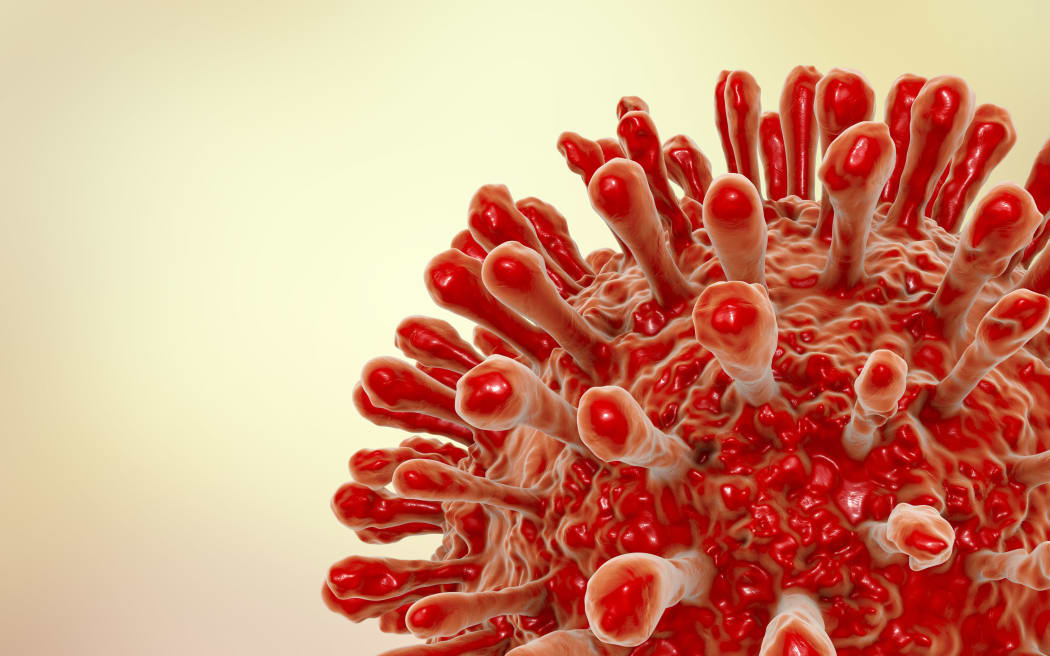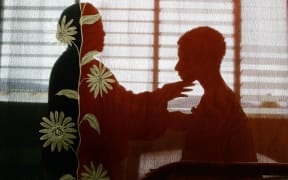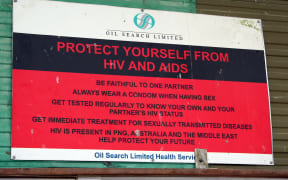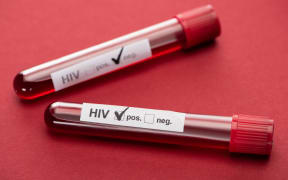
Photo: AFP/ SCIENCE PHOTO LIBRARY
With World AIDS day being marked on 1 December, UNAIDS says the role of communities in combatting the virus is critical.
In a new report called Let Communities Lead, the agency said underfunding and harmful barriers are holding back the lifesaving work of communities and obstructing the end of AIDS.
The report shows that the proportion of HIV funding channelled through community-led organisations has declined by at least 35 percent over the last decade.
It rerpot said to accelerate progress, the work of communities on the frontline must be better integrated into all aspects of the HIV response and properly resourced.
UNAIDS wants to see communities' leadership roles made core in all HIV plans and programmes and for community-led organisations to be fully and reliably funded.
The report comes amid rising rates of infection across the Asia pacific region especially in Afghanistan, Bangladesh, Fiji, Papua New Guinea and the Philippines.
A quarter (26percent) of new infections in this zone are among young key populations, ages 15 - 24.
In 2021, 96 percent of new HIV infections were among key populations and their sexual partners.
Almost half (46 percent) of all new infections were among men who have sex with men.
"Compared with other regions, Asia and the Pacific has one of the highest proportions of key populations among new HIV infections," UNAIDS Asia Pacific and Eastern Europe Central Asia regions regional director Eamonn Murphy.
"It is imperative that a significant proportion of our HIV prevention, testing and treatment funding is channelled through the community led organisations best placed to deliver concrete, population-specific interventions," he said.
Progress toward reaching the Global AIDS Strategy's 95 percent testing and treatment targets is uneven.
For the region as a whole, in 2022, 78 percent of people living with HIV were aware of their status.
Of these people, 84 percent were receiving treatment. Of those who were on treatment, 95 percent. achieved HIV viral suppression.




